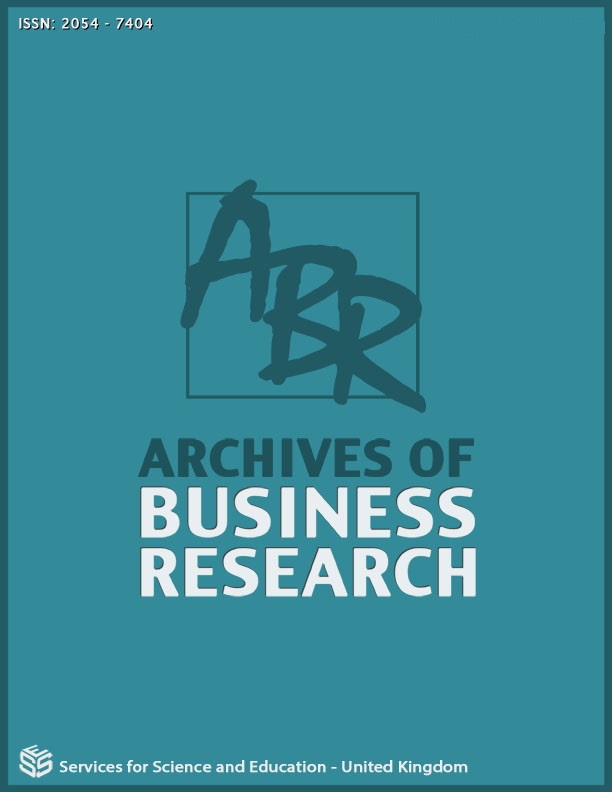Interrelation Dynamics between Exchange Rate and Stock Market Returns in Egypt
DOI:
https://doi.org/10.14738/abr.109.13134Abstract
This paper investigates the dynamics between exchange rate and stock market returns in Egypt that have been found to be interlinked with additional two variables, economic growth and inflation. To conduct such a research, the paper employed Autoregressive Distributed Lag (ARDL) model and Granger Causality tests using monthly data from Q1 2012 to Q3 2022. Econometric estimations prove that there exist a long run relationship among these four variables through the equation LNEGX30 = 1.1129 LNEXR + 2.3671 LNGDP – 2.5829 LNM2. The paper investigates that it is the stock market returns that lead to exchange rate fluctuations in the Egyptian economy. Similarly, the exchange rate volatilities lead to fluctuations in both economic growth rates and inflation rates. Indeed, stock market performance granger causes economic growth through a unidirectional causality that goes from stock market to economic growth. Therefore, the paper recommends several adjustments for the Egyptian financial policy through giving more incentives to over-performed and strong companies to be listed in the stock market. In addition, the Egyptian stock market is in need to develop newly established financial products, such as Exchange Traded Funds (ETFs), that would promote value and volume of trade in the market that would lead to boost economic growth. Finally, the central bank of Egypt, through reducing money supply growth rate, would target inflation rate to become one-digit to save the value of the Egyptian Pound from continuous devaluation and structural breaks.
Downloads
Published
How to Cite
Issue
Section
License
Copyright (c) 2022 Abdelmonem Lotfy Mohamed Kamal

This work is licensed under a Creative Commons Attribution 4.0 International License.






